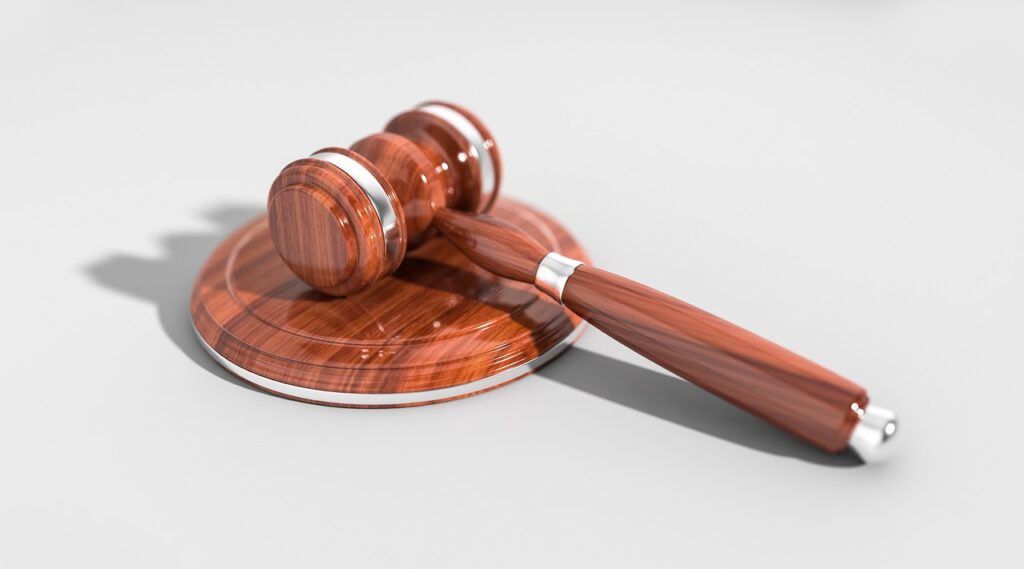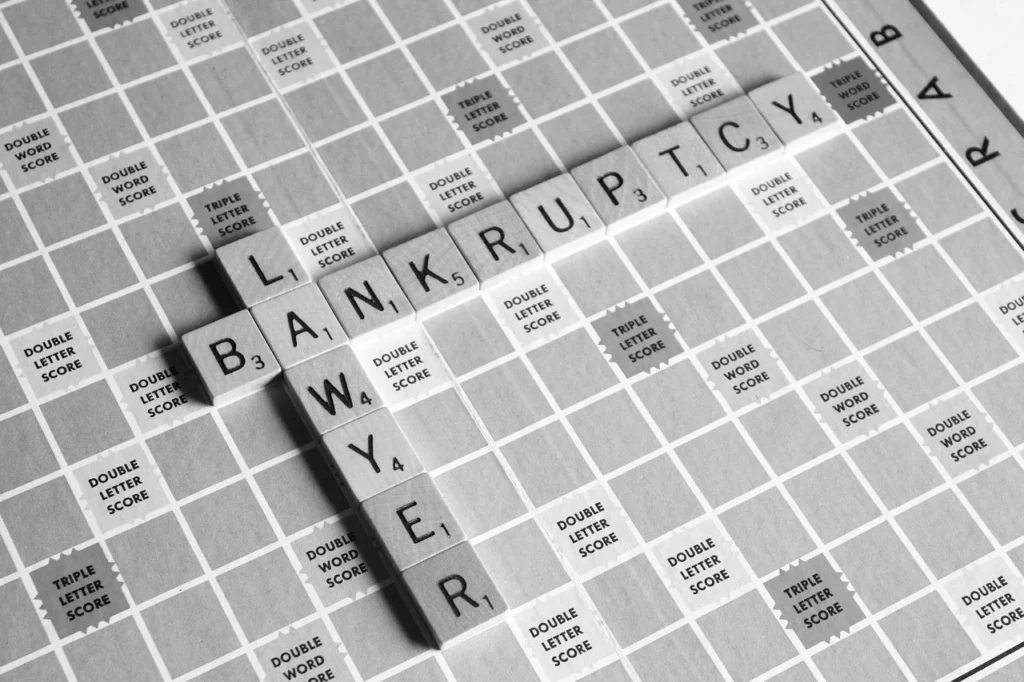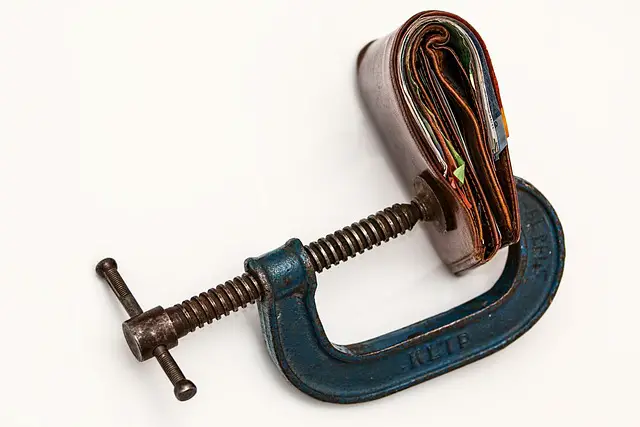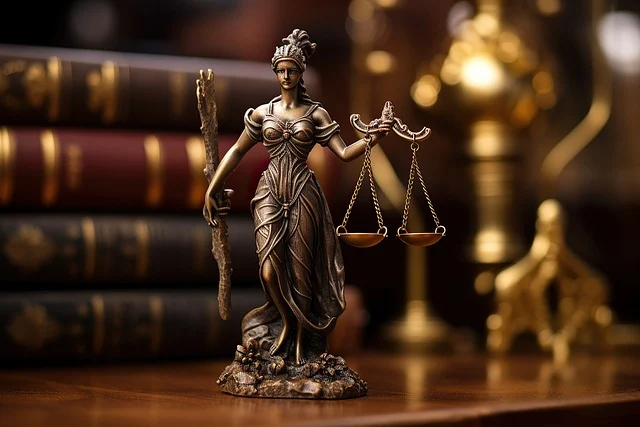Bankruptcy law provides a legal framework for individuals and businesses who are unable to repay their debts. It offers a structured process to either discharge certain debts or reorganize them in a way that allows the debtor to pay them off over time. This guide covers the fundamental aspects of bankruptcy law, including its types, processes, and implications.

What is Bankruptcy Law?

1. Definition and Purpose
- Bankruptcy Law: Bankruptcy law encompasses the legal processes and rules that govern how individuals and businesses handle insolvency. It aims to provide relief to debtors while ensuring that creditors receive fair treatment.
- Purpose: The primary purpose of bankruptcy law is to offer a fresh start to debtors who cannot meet their financial obligations and to provide a systematic approach for resolving debts in a way that balances the interests of both debtors and creditors.
Types of Bankruptcy

1. Chapter 7 Bankruptcy
- Description: Often referred to as “liquidation bankruptcy,” Chapter 7 is designed for individuals and businesses to discharge unsecured debts. The process involves liquidating non-exempt assets to pay creditors.
- Process: A bankruptcy trustee is appointed to oversee the sale of non-exempt assets. The proceeds are used to pay off creditors, and any remaining unsecured debt is typically discharged.
- Eligibility: Individuals must pass a means test to qualify for Chapter 7, which assesses their income and financial situation.
2. Chapter 11 Bankruptcy
- Description: Known as “reorganization bankruptcy,” Chapter 11 is primarily used by businesses to restructure their debts and continue operations while repaying creditors over time.
- Process: The debtor proposes a reorganization plan that outlines how it will pay off debts. This plan must be approved by creditors and the bankruptcy court.
- Eligibility: Businesses of all sizes can file for Chapter 11, and individuals with substantial debts may also use this chapter.
3. Chapter 13 Bankruptcy
- Description: Also known as “wage earner’s bankruptcy,” Chapter 13 allows individuals with regular income to reorganize their debts and create a repayment plan to be completed within three to five years.
- Process: The debtor proposes a repayment plan based on their income and expenses. The plan must be approved by the court and creditors.
- Eligibility: Individuals must have a regular income and meet certain debt limits to qualify for Chapter 13.
4. Chapter 12 Bankruptcy
- Description: Chapter 12 is designed for family farmers and fishermen to reorganize their debts and continue operations while repaying creditors.
- Process: Similar to Chapter 13, the debtor proposes a repayment plan based on their income and expenses.
- Eligibility: Debtors must meet specific criteria related to their farming or fishing operations.
The Bankruptcy Process

1. Filing for Bankruptcy
- Petition: The bankruptcy process begins with the filing of a petition with the bankruptcy court. This petition includes detailed financial information, including assets, liabilities, income, and expenses.
- Automatic Stay: Upon filing, an automatic stay is issued, which temporarily halts collection actions by creditors, including lawsuits, wage garnishments, and foreclosure proceedings.
2. Meeting of Creditors
- 341 Meeting: A meeting of creditors, also known as the 341 meeting, is held where the debtor is required to answer questions about their financial situation and bankruptcy filings. Creditors may also attend this meeting to ask questions.
3. Bankruptcy Plan
- Chapter 11 and 13 Plans: For Chapter 11 and Chapter 13, the debtor must propose a plan to repay creditors. This plan must be approved by the bankruptcy court and creditors.
- Liquidation and Discharge: In Chapter 7, non-exempt assets are liquidated to pay creditors, and remaining unsecured debts are typically discharged.
4. Discharge of Debts
- Chapter 7 and 13: After completing the bankruptcy process and meeting all requirements, the court may grant a discharge of remaining eligible debts, releasing the debtor from personal liability for those debts.
- Chapter 11: A successful reorganization plan leads to the discharge of certain debts upon completion of the plan.
Implications of Bankruptcy

1. Impact on Credit
- Credit Score: Bankruptcy can significantly impact a debtor’s credit score and remain on their credit report for up to 10 years, depending on the type of bankruptcy filed.
- Rebuilding Credit: While bankruptcy can initially damage credit, individuals can rebuild their credit by making timely payments and managing their finances responsibly after bankruptcy.
